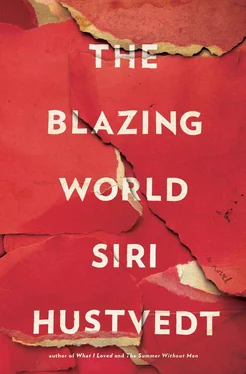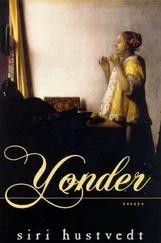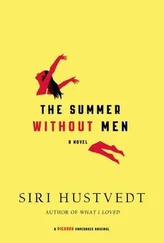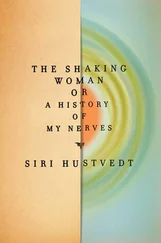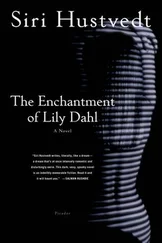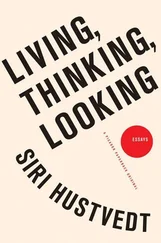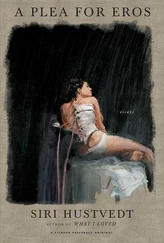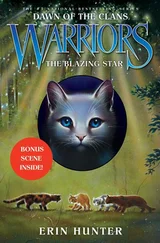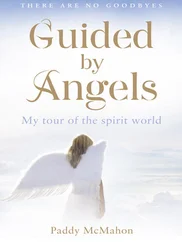I said that she was making it a bit too simple, that there were cold, imperious women, too, tough and entitled, who cared little about those in their way.
Oh, Rachel, Harry said to me. You’re so reasonable. Don’t you ever want to scream and yell and punch someone in the face? Don’t you ever want to breathe fire?
Of course I do, I said to Harry. Of course I do, but we have different stories, you know. She knew. When we left the restaurant, Harry took my hand. It was cold that day as we walked down Madison Avenue, and we were both dressed warmly. Harry was wearing a beautiful scarf of woven blue and green yarns wrapped around her neck several times. I remember that I admired it. We used to hold hands, she said to me , when we were girls, do you remember? I remembered well. We used to swing our arms back and forth as we walked, she said. Do you remember? I remembered. Now we’re two old ladies together, Harry said, and I told her to speak for herself, and Harry grabbed my hand and began to swing my arm back and forth, and we walked at least a block holding hands and swinging our arms, and because it was New York City, no one gave us a second glance.
Phineas Q. Eldridge (written statement)

I said goodbye to the lodge and its residents in the summer of 2002 and flew off to winter and financial crack-up in Buenos Aires with Marcelo. My beloved’s money was mostly elsewhere, fortunately. Harry had her fairy tale. I had and still have mine, most of the time, anyway, in the land of Borges and psychoanalysis and taxi-driving poets. Marcelo and I were back in NYC when Beneath opened, and I was deeply curious about Harry’s grand phallic finale. Convincing Rune must have been quite a task, I said to Harry, and when she told me it hadn’t been all that hard, I felt a few flutters because it didn’t really make much sense to me. Then again, the human heart (as metaphor for desire, not as pumping organ) is an unknowable thing. I thought maybe after those crosses, Rune felt it was time for a grand hoax to up the ante.
When Marcelo and I arrived at the opening, there were throngs of arty types on the street waiting to enter the maze. High circus excitement in the air. We lined up with the predictably overdressed girls, teetering in their high shoes, and the young, mostly white slacker boys, disheveled and slouching, eager to convey their indifference to fashion, but they gave themselves away with their cool hats and their T-shirts, adorned with skulls and parrots or clever little sayings: We strive for games of great seriousness . We were parked in line right behind an aging diva with red-framed owl glasses, dressed head to toe in chic black Yamamoto. Two sweet-and-expensive gallerinas, one in black and white and the other in red, stood watch at the entrance, ushering in ten people at a time, so as not to overcrowd the twisting, turning corridors of the maze. “Don’t worry, if you can’t get out, we have maps. All you have to do is holler,” said Miss Red, straight out of Georgia. I never miss an accent. Harry was nowhere to be seen. She had not wanted us to go with her, and she had given me strict orders not to look for her — much, much too nervous.
The moment we stepped through the door, Marcelo and I found ourselves enclosed on both sides by thick white walls I guessed were Plexiglas or Lucite. Harry loved to use milky-colored walls in her work, and these were about eight feet tall, not high enough to see over, but not towering either. What I noticed first was their translucence. I could just make out the shadows of three people walking down the adjacent passageway as flickering rectangles of light appeared and disappeared behind their moving figures. The maze was claustrophobic and disorienting, as mazes should be, and after a few wrong turns I felt that dreamy, hallucinatory, life-really-is-awfully-strange atmosphere asserting itself before I knew why I was feeling it. Slowly, I understood that the corridors of the maze were not of uniform size. Their widths grew narrower and then wider. The walls lengthened and shrank, too, but always gradually, gradually, never abruptly. At one juncture, I was able to stand on tiptoe and peer over the wall. Getting out of there wasn’t easy. Marcelo and I kept bumping into what we took to be the same corner or the same turn with the same window. The corner, turn, or window looked like the last one, but when we continued walking, we ran smack into a dead end that could not have been the one we had run into minutes earlier. A new dead end signified progress, I suppose, but the “windows” we used as landmarks, which had been cut into the walls or into the floor under our feet, were forever misleading us. Unless we perused each window box, with its collection of objects inside it or its film sequence, carefully, we inevitably believed we were looking into the same old box or at the same old movie. Of course, sometimes we were and sometimes we weren’t. Marcelo kept muttering diabólico, diabólico until I told him to can it. Can it? he said. How interesting. Can it? I was giving him hard lessons in American slang. Unless you slowed down, looked hard at the space around you, and noted the changes in windows, walls, and proportions, you could not know whether you had come farther in that “diabolical” space or not. Harry had cleverly designed an art object that forced people to pay attention to it because if they didn’t, they’d never get out of the blasted thing.
A few notes on the windows. The first one we saw was an illuminated box underneath the floor. When you crouched down and looked through the glass, you saw two full-face caramel-colored masks with big empty eyes, a roll of cotton gauze — the kind one finds in every basic first-aid kit — a black crayon, and a piece of white paper with two vertical lines drawn on it. This window returned throughout the maze, both on the floor and on walls, a visual mantra. Sometimes we ran into an exact replica of that first box, but at other times we noted slight and not-so-slight variations on the theme, which Marcelo and I began to track once we had settled into the game: The masks had been placed closer to each other or a little farther apart. The crayon was a deep gray, not black. The two lines on the paper were at an angle rather than vertical. The two lines crossed. The lines lay on their sides horizontally. The gauze had been partially unrolled. The gauze was stained with rusty brown spots. A pair of scissors now lay beside one of the masks. A mask had been sliced through the cheek and eye. The pair of scissors had disappeared, and the paper was blank.
There were window films, too, inset in the walls, that reappeared throughout the maze without any noticeable differences, at least none that we could see.
1. Rune sits motionless at a table with a cup of coffee on the table in front of him as he looks out the window at a cloudless blue sky. I watched this boring movie for a while. The man breathes, of course. His chest expands and contracts, his nostrils wiggle a little, and at one point he moves his left hand about half an inch.
2. A camera moves slowly past one charred, mutilated car body after another on Church Street, vehicles incinerated in the catastrophic heat. It must have been filmed only days later.
3. A camera pans the window of a shoe store. Through the unbroken glass, we looked at rows of children’s shoes that had been neatly paired on graduated steps for display: Mary Janes, sneakers with Velcro straps, sturdy little oxfords and boots. Not a single shoe or boot had been disarranged, but they were all thickly covered in the pale dust of 9/11. Footwear for ghosts.
Читать дальше
